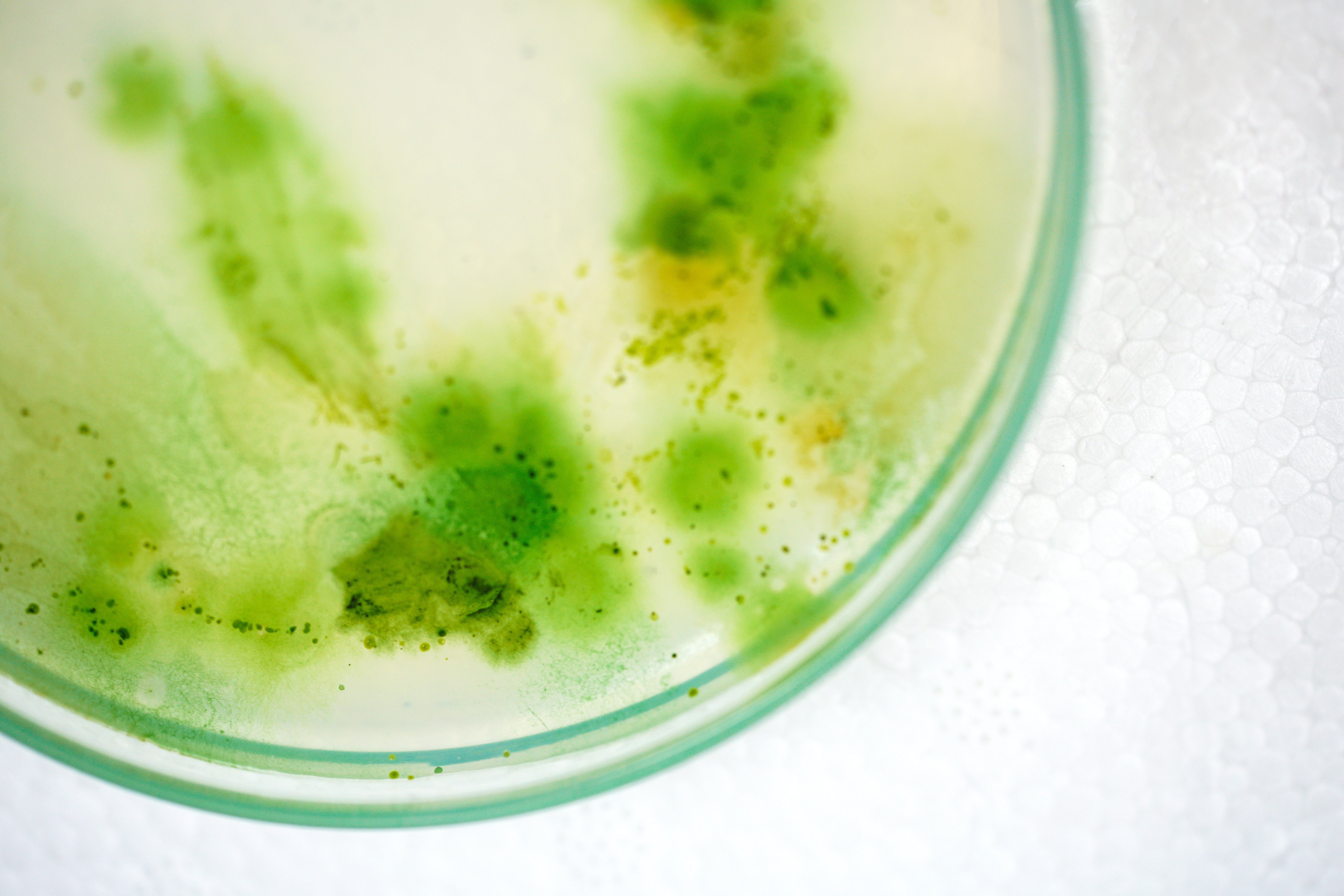
Method for the production of polyhydroxyalkanoates using phototrophic mixed cultures and CO2 as carbon source
An anaerobic process in which a mixed culture of phototrophic organisms stably growing in an illuminated reactor, with no aeration, and in non-sterile conditions, can capture CO2 while accumulating biopolymers.
BACKGROUND
Conventional plastics are essential materials but most of them are non-degradable and accumulate in the environment causing serious pollution problems. As an alternative, polyhydroxyalkanoates (PHA) are biodegradable polymers naturally synthesized by many bacteria and present properties like traditional plastics. In the last years, PHA became more economically competitive through its production with mixed microbial cultures fed with low-cost feedstocks (e.g., wastewater). In line with this, several PHA producing systems have been developed including a recent technology that uses phototrophic mixed cultures (PMC). Results indicated that phototrophic bacteria are fully capable of producing PHA from real organic wastes.
On the other hand, global warming is pressing scientists to find new routes to fixate CO2. In 2013, CO2 levels surpassed 400 ppm for the first time in recorded history. Climate change related to CO2 levels is already happening, with extreme atmospheric events being recorded more often than ever. This recent relentless rise in CO2 needs to be tackled and the transformation of CO2 into biodegradable biopolymers will both contribute to the reduction of air and plastic pollution while producing novel added-value products.
TECHNOLOGY OVERVIEW
The main goal of this technology is to go beyond the usual utilization of organic feedstocks and advance to the new research field of CO2-based plastics. This area has been approached from a chemical perspective, but the resultant plastics are non-degradable, addressing only carbon sequestration but not plastic pollution. This technology seeks to offer alternative biological processes where CO2 fixating biochemical pathways from yet unexplored organisms were investigated and technologies that permit CO2 fixation into biodegradable plastics were developed. This technology is dedicated to exploring the capability of anoxygenic photosynthetic bacteria (APB) to produce PHA using CO2 as a 3rd generation feedstock. APB is a group of organisms capable of using light for producing energy but without evolving oxygen. This group includes very versatile bacteria that can grow under conditions of phototrophy in the presence of light or chemotrophy in darkness, through autotrophic or heterotrophic processes. Moreover, APB can store PHA as carbon and energy reserves. This technology explores the APB autotrophic metabolism and different operational strategies/conditions to divert CO2 utilization towards PHA storage. Not only some APB are fitted with metabolic pathways that can fixate CO2 into PHA precursors, but for those APB that fixate CO2 into glycogen (sugar polymer) via Calvin cycle, glycogen can be converted into PHA by having anaerobic conditions inside the reactor and during the dark phase of photosynthesis. Therefore, the implementation of an anoxygenic phototrophic mixed microbial culture focused on the capture of CO2 has several advantages given its ability to convert inorganic carbon directly into PHA or by converting CO2 into glycogen and then into PHA under anaerobic conditions, being able to perform both under light and dark conditions.
STAGE OF DEVELOPMENT
Technology Readiness Level (TRL): 3 – Experimental proof-of-concept
BENEFITS & APPLICATIONS
Environmentally friendly process: The PMC converts inorganic carbon to PHA, biopolymers with characteristics similar to conventional plastics. Conventional plastic replacement with PHA has a strong positive impact on the environment, due to their biodegradable nature. Inorganic carbon capture, in the form of CO2, is also important to establish a system capable of performing CO2 mitigation.
Economic: Operation costs for PHA production can be highly reduced by eliminating the need for aeration (current technologies require significant amounts of energy for aeration-40-50% of the running costs). Moreover, solar light can be used during the daytime (coupled with a Visible light filter), decreasing the need for artificial illumination in the bioreactor. No need of priced organic carbon feed streams. Utilization of free or even negative priced CO2 containing streams. Can be used for production of chemical compounds, production of polymers for packaging, carbon capture storage & usage applications.
Sustainability: Different streams containing industrial residues/by-products can be fed to the system, resulting in the valorization of said streams.
Innovation: A process in which inorganic carbon can be used as the sole carbon source for the growth of a mixed culture of phototrophic organisms operated in an illuminated reactor, with no aeration, and in non-sterile conditions, and production of PHA.
INTELLECTUAL PROPERTY
- PT118611
OPPORTUNITY
By now, we have implemented our methods on lab scale (up to 3L). We are interested in collaborations with industrial partners to upscale the method, as well as to test selected molecules in specific applications and products.
NOVA Inventors
André Freches
Joana Fradinho
Juliana Roda
Maria Ascensão Reis


